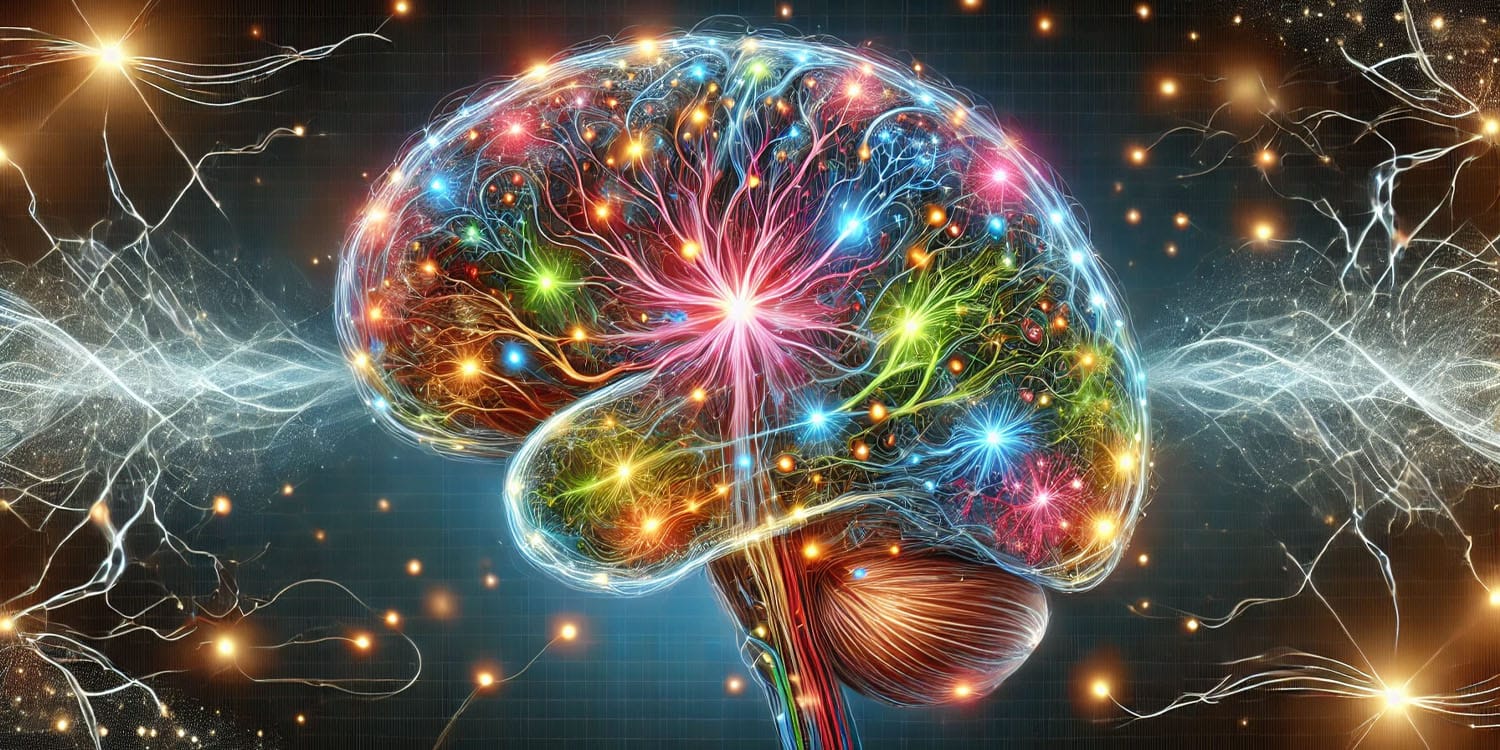Recent research published in Human Brain Mapping sheds light on the neural mechanisms of associative learning related to internet-use behaviors, specifically focusing on online gaming and pornography. The study found that pornographic stimuli are more strongly associated with reward responses in the brain compared to monetary and gaming stimuli in healthy men.
While appetitive conditioning — a process where neutral stimuli become associated with rewards — has been extensively studied with traditional rewards like money and food, there is limited research on how it operates with internet-related stimuli.
Appetitive conditioning is a learning process where a neutral stimulus becomes associated with a rewarding unconditioned stimulus, leading to conditioned responses such as increased pleasure and arousal. For example, a neutral sound (conditioned stimulus) can be repeatedly paired with food (unconditioned stimulus) until the sound alone elicits salivation (conditioned response).
Pornography and gaming are two of the most common activities linked to internet addiction, yet the neural mechanisms underlying their conditioning processes are not well understood. Previous research has shown that specific brain areas, including the orbitofrontal cortex, anterior cingulate cortex, insula, amygdala, nucleus accumbens, and thalamus, are involved in reward processing.
However, how these areas respond to internet-related rewards compared to traditional ones remains unclear. In their new study, researchers aimed to fill this gap by investigating how the brain learns to associate rewards with these stimuli in a healthy, non-pathological context.
The study involved 31 healthy, right-handed male participants aged between 19 and 38 years, specifically selected to control for sex differences in reward processing. Before the main experiment, participants were asked to choose their preferred images from three categories: pornographic photographs, gaming screenshots, and pictures of money. This personalized selection process ensured that the stimuli were genuinely rewarding for each participant.
The experimental procedure was conducted using a classical conditioning paradigm within an MRI scanner. The conditioning involved repeatedly pairing geometric figures (conditioned stimuli, or CS) with the chosen rewarding images (unconditioned stimuli, or UCS).
Four types of CS were used: one for each type of reward (pornography, gaming, and money) and one control. Over 68 trials, the CS+ (the conditioned stimuli paired with rewards) was followed by the UCS 62.5% of the time, while the control CS- was never followed by a reward. This setup allowed researchers to observe how the brain learns to associate neutral stimuli with rewarding outcomes.
To measure the responses, the researchers employed three different methods. Subjective ratings were collected to gauge the pleasantness and arousal of each CS before and after the conditioning process. Skin conductance responses (SCR) were recorded to measure physiological arousal by tracking changes in sweat gland activity, providing an objective measure of the participants’ autonomic nervous system responses. Finally, functional MRI (fMRI) scans were used to record brain activity, allowing the researchers to observe how different brain regions responded to the stimuli and to map the neural correlates of reward processing.
The study revealed significant differences in how participants responded to the various stimuli. In terms of subjective ratings, all three types of CS+ (porn, money, and game) were rated as more pleasant and arousing than the control CS- after the conditioning process.
Notably, pornographic stimuli were rated as significantly more arousing than gaming stimuli, indicating a stronger affective response to pornography. The SCR data supported these findings, showing higher physiological arousal levels during the presentation of CS+ for porn, money, and games compared to the control, which demonstrates successful conditioning.
The fMRI results provided further insights into the brain’s response to these stimuli. Anticipation of pornographic rewards led to increased activity in key brain areas associated with reward processing, including the bilateral nucleus accumbens, right medial orbitofrontal cortex, and right ventral anterior cingulate cortex. These findings suggest that pornographic stimuli have a strong reward value and can significantly activate the brain’s reward circuitry.
On the other hand, despite the increased subjective ratings and SCR, monetary stimuli did not elicit significant brain activity compared to the control, indicating a weaker neural response. Similarly, gaming stimuli did not significantly activate reward-related brain areas in the fMRI scans, even though subjective ratings and SCR data indicated successful conditioning.
The study’s findings suggest that pornographic stimuli have a higher reward value and stronger conditioning effects compared to monetary and gaming stimuli. This is evidenced by the significant neural activation observed during the anticipation of pornographic rewards, as well as the increased subjective ratings and physiological responses. These results align with previous research indicating that pornography has a high addictive potential due to its strong affective and arousal properties.
In contrast, the weaker neural responses to monetary and gaming stimuli, despite successful conditioning in subjective and physiological measures, suggest that these rewards may be less potent in activating the brain’s reward systems in non-pathological users. This highlights the complexity of reward processing and suggests that different types of rewards may engage distinct neural mechanisms.
The study, “Appetitive conditioning with pornographic stimuli elicits stronger activation in reward regions than monetary and gaming-related stimuli,” was authored by Kseniya Krikova, Sanja Klein, Miriam Kampa, Bertram Walter, Rudolf Stark, and Tim Klucken.




